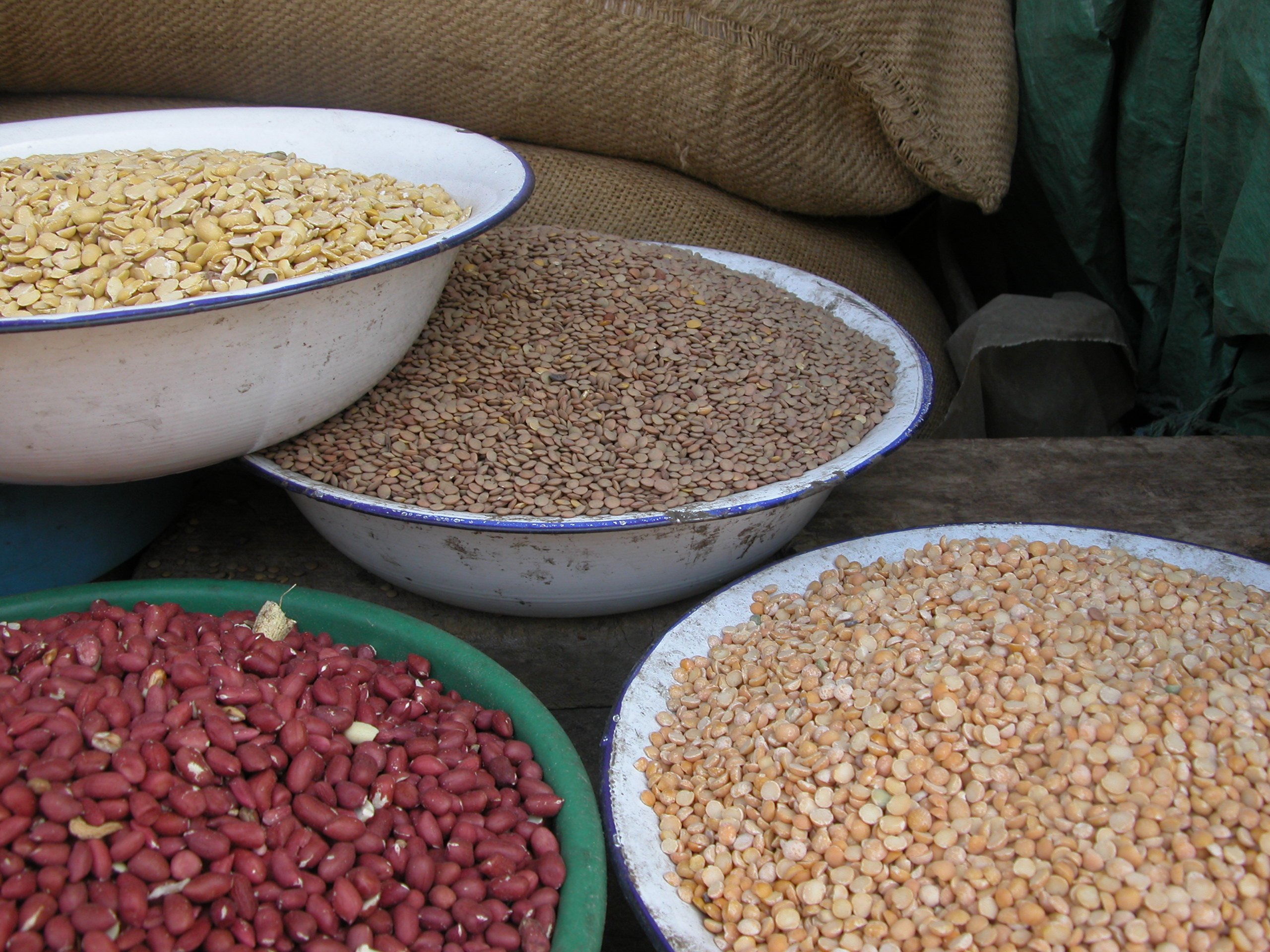A programme to boost food security, launched in 2001, helped Nigeria's rain-dependant small-scale farmers with irrigation and access to credit and marketing services, said a new UN Food and Agriculture Organization (FAO) report taking an in-depth look at 16 countries that have made some headway in reducing the number of hungry people.
Barbara Huddleston, an FAO food security expert, said the study was produced as part of the effort to "stimulate interest in investing in smallholders, asking countries and donors to make a commitment in real people" ahead of the World Food security Summit in Rome, Italy, next week.
In 1990 an initiative driven by Helen Keller International, which works to prevent blindness and reduce malnutrition, and local organizations in Bangladesh encouraged 1,000 households to plant vegetables rich in vitamin A to address a deficiency in this micronutrient, which can cause night blindness: at that time 30,000 children in the South Asian country were going blind each year.
The programme, eventually driven by 70 local NGOs and the government, grew to cover 870,000 households across the country by 2003, and helped improve the food security of nearly five million people - almost four percent of the population.
There is also the IFPRI story of farmers on Burkina Faso's central plateau who have been sowing crops in planting pits and built contour bunds - rows of stones piled up along the contours of the land to capture rainwater runoff and prevent soil erosion - and have produced an additional 80,000 tonnes of food per year.
"These are examples of people choosing to step out of their comfort zones and risk innovation; these people did not wait for external agencies to step in," said Rajul Pandya-Lorch, co-editor of MillionsFed. "We want to highlight the importance of creating the space to allow people to take risks and experiment."
The case studies underline that there is "no single, simple solution to helping farmers be more productive", said Prabhu Pingali, deputy director of the Bill and Melinda Gates Foundation, which commissioned MillionsFed.
"A comprehensive approach is needed - from investing in improved seeds and healthy soil to supporting effective farm management practices and expanding small farmers' access to markets," he said.
Such efforts pay off with investment in science and technology - improved seeds, fertilizers and pesticides - hallmarks of the "green revolution" that turned around food production in Asia from 1965 to 1990.
Policy decisions like liberalizing agricultural markets, giving land-rights to farmers, investing in rural infrastructure and agricultural extension services also help. The FAO report points out that 84 percent of Vietnam's paddy fields are irrigated, so rice farmers no longer have to depend on the rain.
"In just five years, from 1993 to 1998, the share of people living in poverty fell by 21 percent [in Vietnam]," noted IFPRI, which has also devoted a chapter to land reforms in Vietnam.
The IFPRI and FAO initiatives have many examples of useful ideas to inspire communities and governments. And there is hope - at least 31 out of 79 countries monitored by FAO have registered a significant decline in the number of undernourished people since the early 1990s.
jk/he
This article was produced by IRIN News while it was part of the United Nations Office for the Coordination of Humanitarian Affairs. Please send queries on copyright or liability to the UN. For more information: https://shop.un.org/rights-permissions





